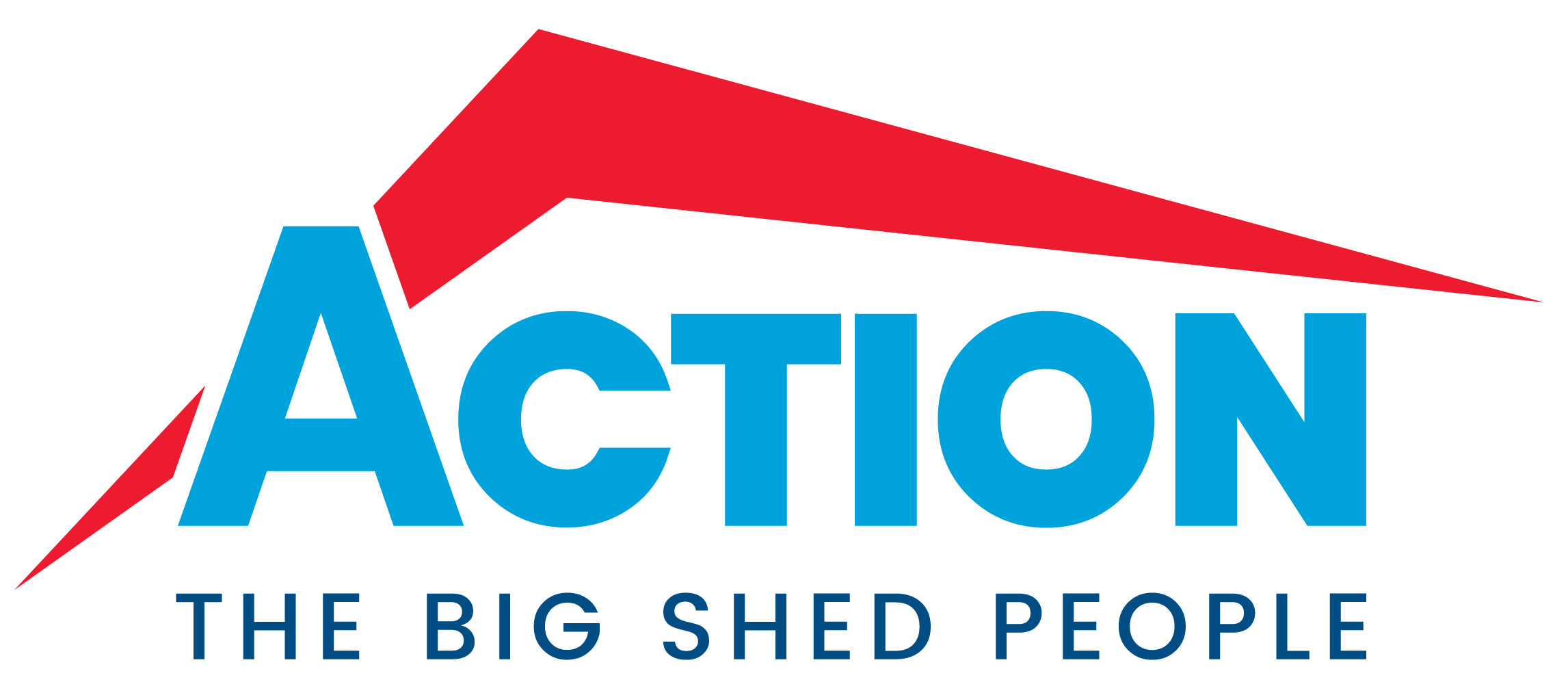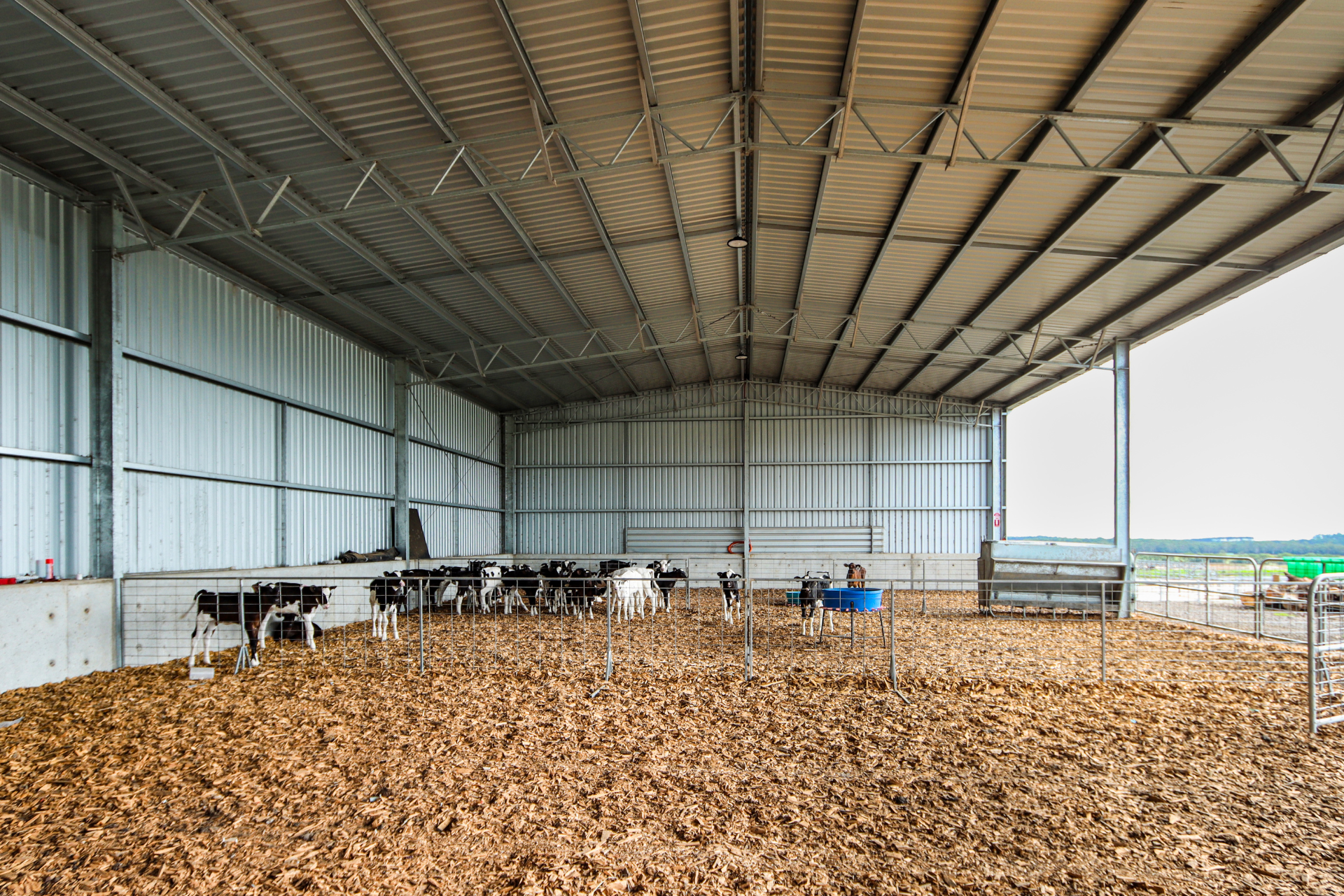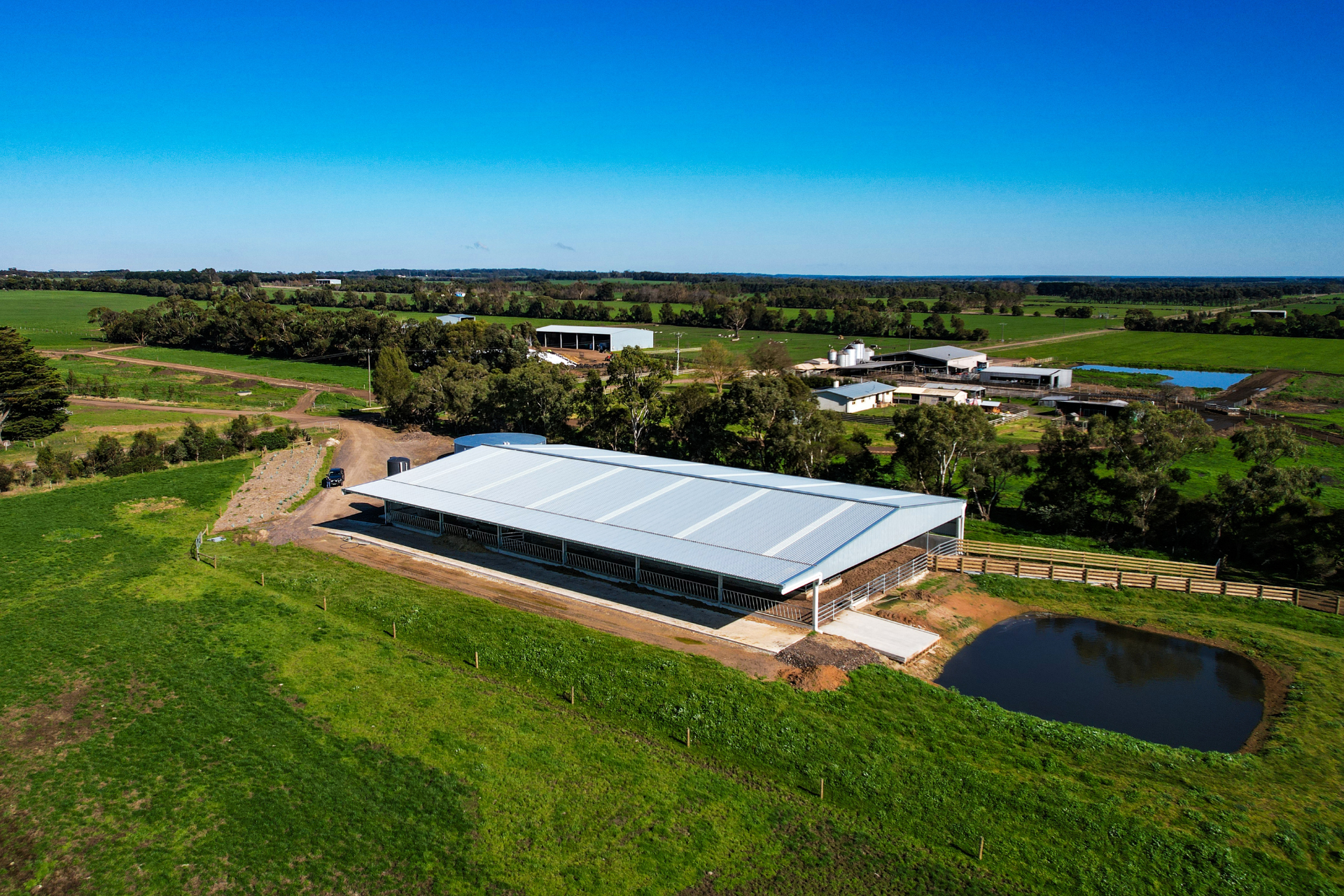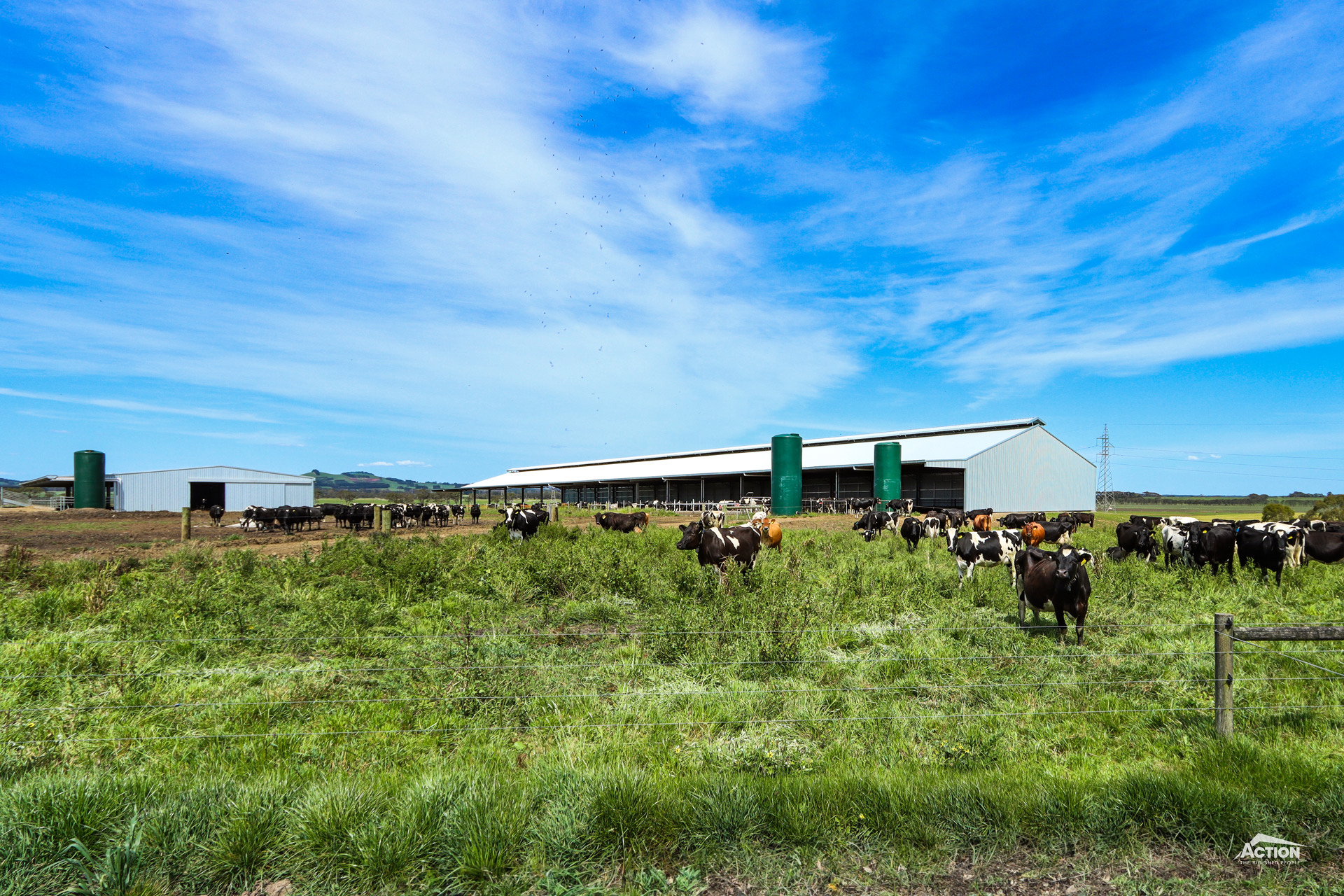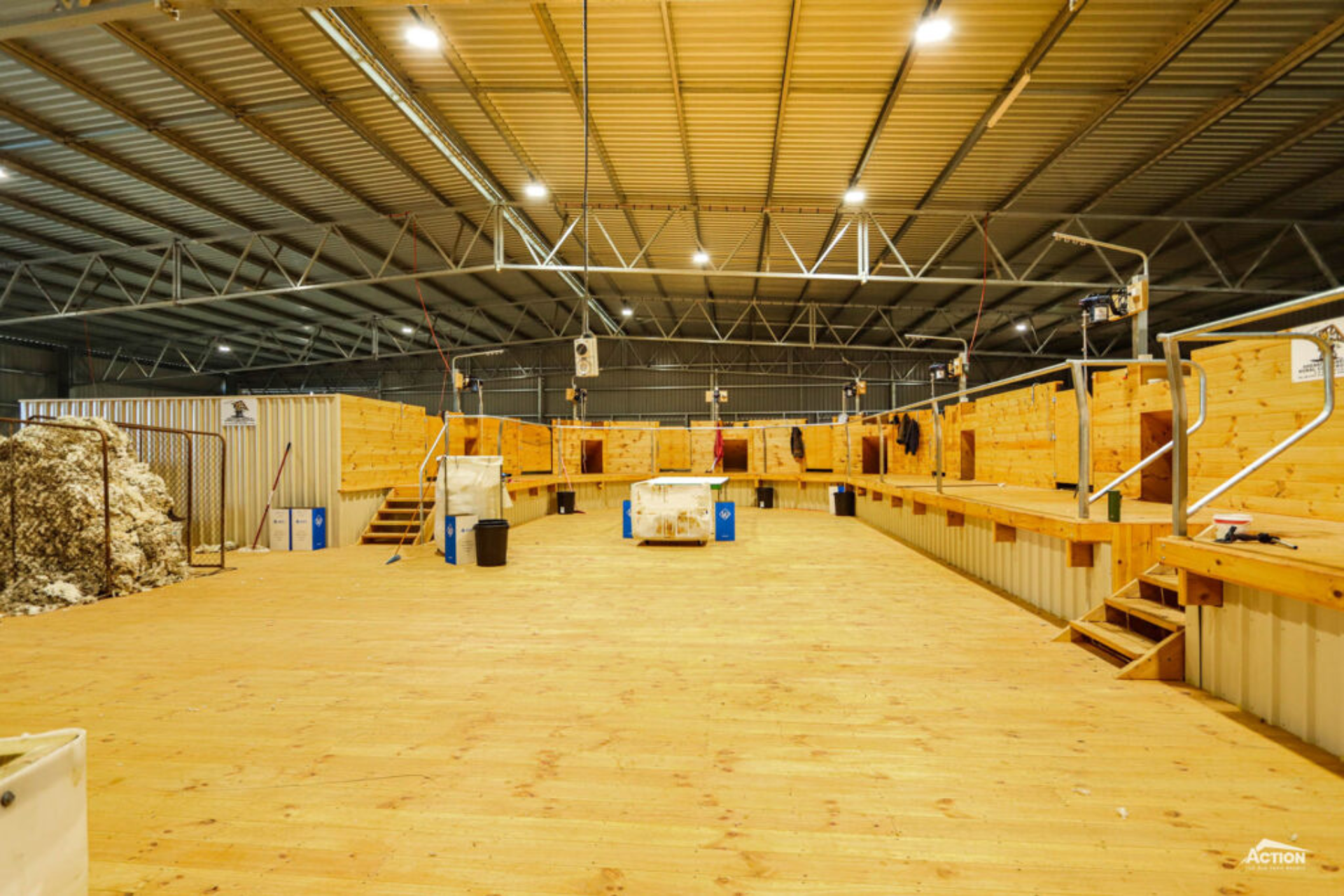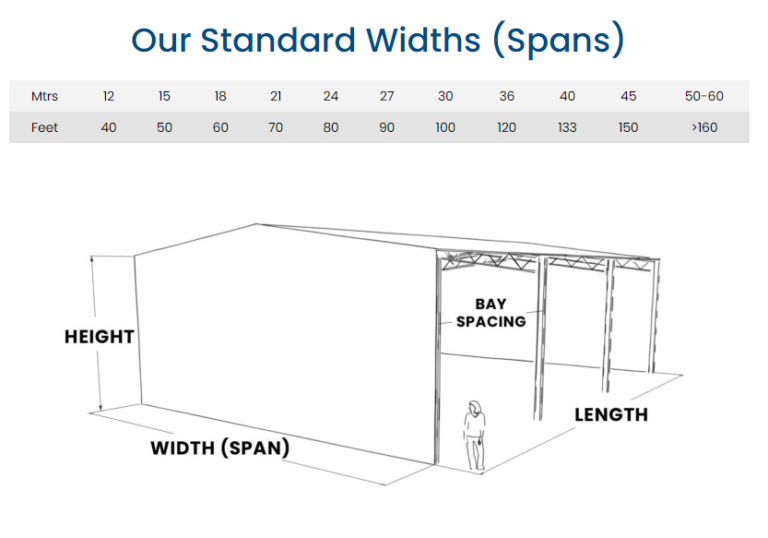Researching concrete panels for calf sheds? Should you include concrete panels in your calf shed design?
While they are not an industry requirement, in recent years concrete panels have become must-have inclusions in calf sheds. This includes new builds and upgrades to existing calf sheds and shelters.
But are they worth the hype?
The short answer to this question is, yes. We’ll explain why in this article.
3 Reasons To Include Concrete Panels In Your Calf Shed
Concrete panels are excellent additions to calf sheds and there are at least three really good reasons why.
The three main reasons to include concrete panels in your calf shed are:
- Improving the longevity of your shed (and reducing maintenance costs)
- Improving hygiene and reducing the risk of disease
- Creating a versatile asset
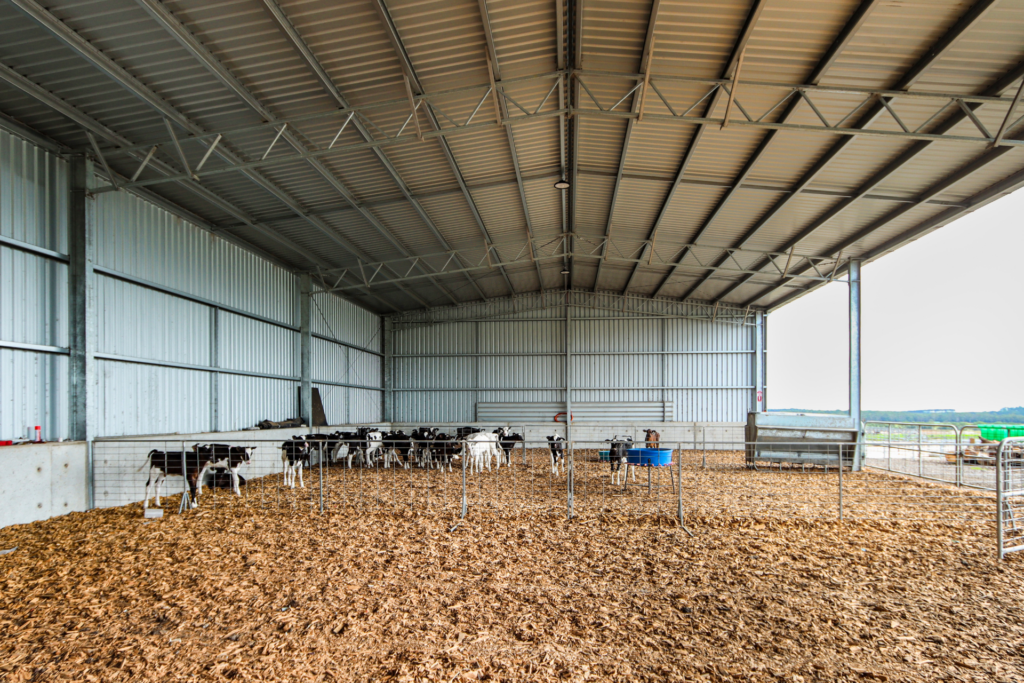
Read on to learn more about these three reasons, why concrete panels are so popular and why you should consider including them in your shed.
1
Improve The Longevity Of Your Calf Shed
First and foremost, the top reason for installing concrete panels in your calf shed is to protect the shed cladding.
We all know that a dairy is a highly corrosive environment and one of the main areas that is subjected to corrosion and rust is the shed cladding.
Installing concrete panels adds years to the life of the cladding in your calf shed. Not only do they provide protection from rust but concrete panels will also help you avoid any machinery damage to the cladding when cleaning out the shed or when spreading new bedding material.
The initial cost of concrete panels will soon pay for themselves by reducing the time and money spent on maintenance. the shed cladding will also not need to be replaced as regularly. Additionally, the concrete panels supplied by Action are also a cost-effective option as they are manufactured in-house.
So, concrete panels – along with hot dip galvanized steel – are essential for effective corrosion protection. Colorbond cladding can also be used for additional protection.
Learn all about hot dip galvanising in the video below – and keep reading to learn more about concrete panels for calf sheds.
2
Maintain A High Standard Of Hygiene
Installing concrete panels makes it easier to maintain a good level of hygiene in your calf shed by simply making it easier to clean out and wash down the shed between batches.
As well as making your job easier it also helps reduce the risk of any diseases spreading.
There are other ways to prioritise hygiene in your calf shed such as planning access points, creating quarantine areas and regularly replacing the bedding. You can read more about these here – How To Keep Your Calf Shed Clean
3
Create A Versatile Shed Design
Thirdly, concrete panels are an excellent way to create a versatile investment.
Installing concrete panels in an open-front three-sided shed is the recommended design for a calf shed. It is also a really versatile design.
Concrete panels can be installed in part of the shed and the remaining area can be used for storing hay and/or bedding material like almond hulls – there must be separation between the areas though. It is also a good idea to check that your insurance covers co-storing.
Or the shed could be repurposed for storing grain.
If you are looking at ways to get the most out of your investment, then a great way to do this is to make your shed multi-use by using an open-front configuration and installing concrete panels.
Can I Retrofit Concrete Panels?
How Much Do Concrete Panels Cost?
Useful Resources
We have collated some articles and brochures from our Learning Hub to help you with your project planning.
- Calf Shed & Calving Shed Guide (PDF Download)
- What Is The Best Calf Shed Bedding Material?
- What Are The Standard Spans For Farm Sheds?
And browse our latest projects gallery for more ideas and inspiration.
